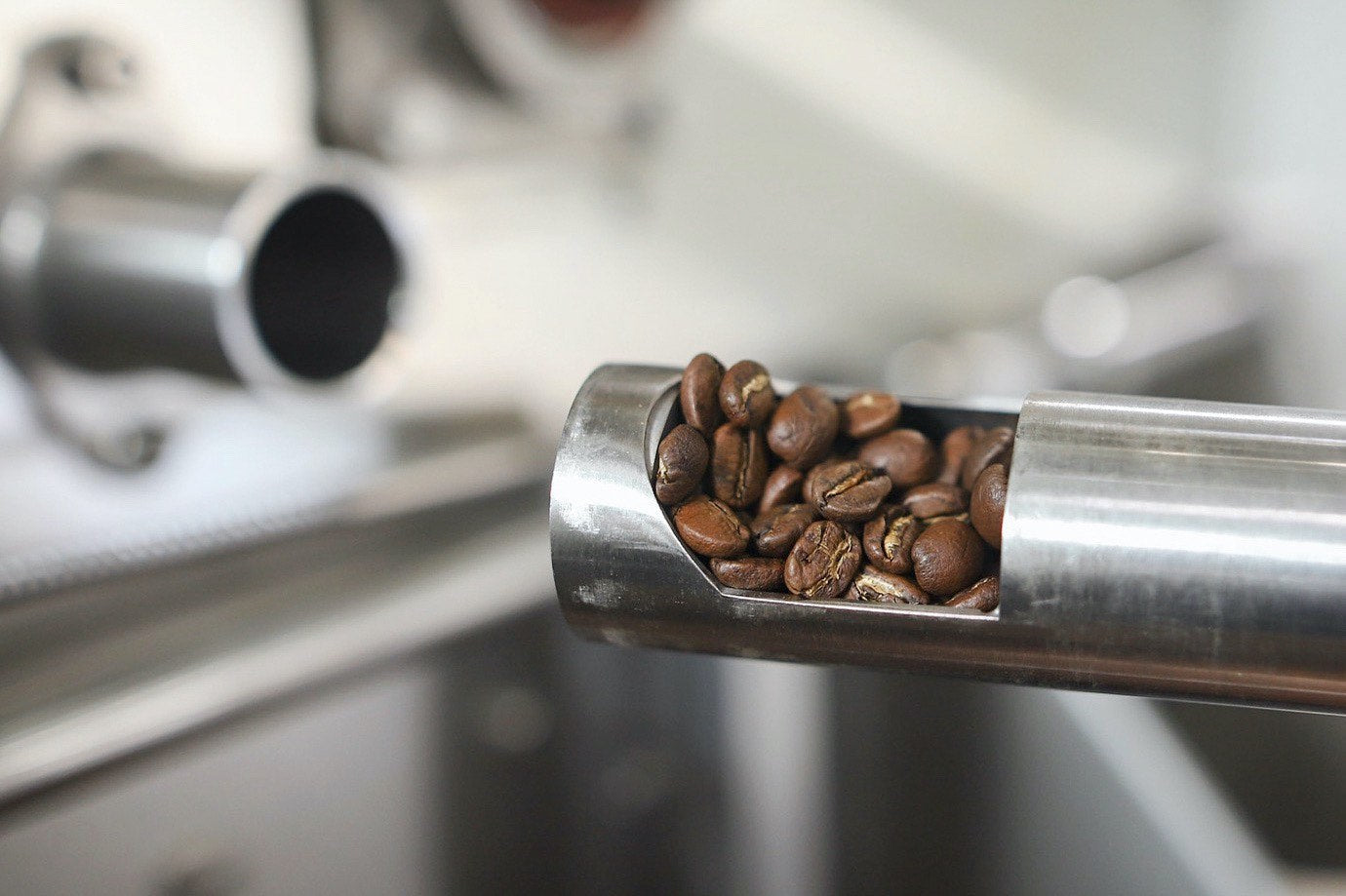Roasting coffee is a complex process that requires the right combination of time, temperature, and air flow to bring out the unique flavors and aromas of the coffee beans. The process can be performed using a variety of equipment, including drum roasters, fluid bed roasters, and air roasters, each of which has its own set of benefits and drawbacks.
Step 1: Sorting and Cleaning Before roasting, it is important to sort through the raw green coffee beans to remove any debris or defective beans. The sorting process should be thorough, as any imperfections in the green coffee beans can negatively impact the taste and quality of the roasted coffee. Additionally, it is important to remove any residual moisture from the green coffee beans to ensure that they are dry and ready to roast.
Step 2: Heating The next step in the roasting process is to transfer the sorted and cleaned green coffee beans to a roasting drum or fluid bed, and begin heating the beans. The heat source, such as a gas or electric heater, will be used to heat the drum or fluid bed, and the temperature of the roaster will gradually be increased until it reaches the desired roasting temperature.
Step 3: Agitation As the coffee beans are heated, they will begin to emit a crackling sound, known as "first crack". This sound is caused by the release of moisture from the coffee beans as they expand, and is a key indicator of when to start the actual roasting process. Once first crack has been reached, it is important to begin agitating the coffee beans to ensure that they are evenly roasted. This can be done by stirring the beans manually or by using an automated system, such as a drum roaster.
Step 4: Temperature Control The temperature of the roaster is critical to the roasting process, as it will determine the final flavor profile of the coffee. It is important to monitor the temperature of the roaster throughout the roasting process, and to make adjustments as needed to maintain the desired temperature. The temperature should be increased gradually until it reaches the desired roasting temperature, which will depend on the type of coffee being roasted and the desired flavor profile.
Step 5: Monitoring the Roast Throughout the roasting process, it is important to monitor the coffee beans for signs of over-roasting or under-roasting. The roast should be stopped when the desired color and flavor have been achieved, and the coffee beans should be cooled as quickly as possible to prevent over-roasting.
Step 6: Cooling The final step in the roasting process is to cool the coffee beans as quickly as possible. This can be done by transferring the coffee beans to a cooling tray, where they will be agitated to remove any residual heat and to allow them to cool to room temperature.
Roasting coffee is a complex and challenging process that requires skill and experience to do correctly. It is important to understand the key factors that influence the flavor profile of the coffee, such as the type of coffee bean, the temperature of the roaster, and the length of the roast, in order to achieve the desired result. With practice and experience, it is possible to roast coffee to perfection and produce a delicious, high-quality cup of coffee that is tailored to your individual tastes and preferences.


